As if there weren’t enough reasons for non-Toronto Maple Leafs supporters to despise anything to do with the club, Electronic Arts (EA) recently gave the group something else to complain about. It’s not just that Auston Matthews is on the cover of EA NHL 22, it’s that this is his second time in three years as the face of the popular video game franchise.
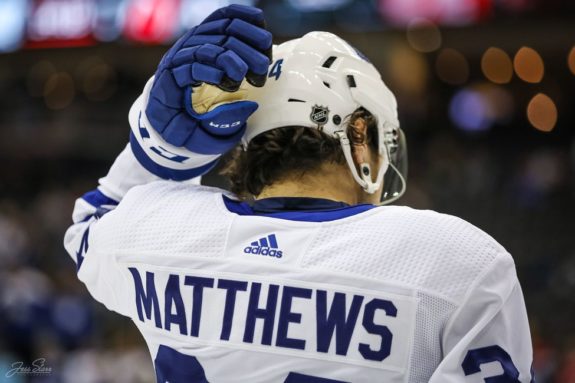
Despite being one of today’s most prolific scorers, many have been quick to point out that there are a plethora of other stars who have achieved far greater feats of late. It’s left onlookers curious about EA’s selection criteria, beyond their mere distaste for the Maple Leafs, suggesting that there has to be a better way.
The NHL will see 32 rosters, full of the hockey’s top talent, participate in its 2021-22 season. With that much variety to chose from, it should be easy to spread the spotlight a little more often and include other markets in the process. Yet, EA continues to rely on methods that are clearly out of touch with what their own customers are looking to consume.
Luckily for them, it’s not a hard fix.
Mixed History of Picks
Over the years, EA has utilized various strategies for selecting their cover athletes. From displaying multiple stars in an action shot, to having fans vote on who deserves the honour, to arbitrarily deciding the spokesperson for any given game. Regardless of the route, gamers have typically accepted the destination. That’s changed in recent years.
It’s expected that any of the NHL’s biggest names could become the main virtual graphic. What’s not as anticipated, however, is seeing the same athlete show up multiple times within a small sample size of years. While that may be a risk if this decision was left up to a public vote, in that larger fanbases can easily affect the outcome, that’s no longer the case. EA is simply relying on redundancy, of late.
Past Five Cover Athletes
- 2022: Auston Matthews
- 2021: Alexander Ovechkin
- 2020: Auston Matthews
- 2019: Connor McDavid
- 2018: P.K. Subban
There’s no denying that each of those noted has been worthy of such recognition. What people do question, though, is why EA chose to be so lazy in just slapping the same name onto NHL 22 a mere two years after he made his first such appearance for NHL 20. It’s not the only time they’ve done this, either.
Enthusiasts just experienced a season full of Alexander Ovechkin dominating the marketing material in NHL 21, which was also the case for NHL 07. Despite over a decade passing between Ovehckin’s two showings, there are shorter windows of repetition to point to. NHL 10 had Patrick Kane, followed by Jonathan Toews on NHL 11 — both in their Chicago Blackhawks gear. A few years later, NHL 16 saw Toews reappear.
Again, it’s not that these names don’t represent the best of their era, but why such a lack of variety? Both EA and the NHL need to start listening to the feedback from their customers, before those who display such care simply stop. There are better ways to accomplish this task. Far more effectively and efficiently, at that.
Let the Youth Lead
It’s no secret that most brands benefit from finding ways to resonate with younger generations. From siphoning their disposable income to capturing a customer for life. The NHL already has a platform in place to leverage that same strategy in collaboration with EA, by simply bestowing the cover athlete honours on the most recent Calder Trophy winner.
Past Five Calder Winners
- 2021: Kirill Kaprizov (Minnesota Wild)
- 2020: Cale Makar (Colorado Avalanche)
- 2019: Elias Pettersson (Vancouver Canucks)
- 2018: Mathew Barzal (New York Islanders)
- 2017: Auston Matthews (Toronto Maple Leafs)
First and foremost, it’s impossible to be named rookie of the year more than once in the NHL. Thus, variety is forced while it’s still fair to expect hockey’s brightest to be on full display at all times. As evidenced by the group of recent winners. Who, by the way, shared an average age of just over 20 years old when adding the trophy to their collection.
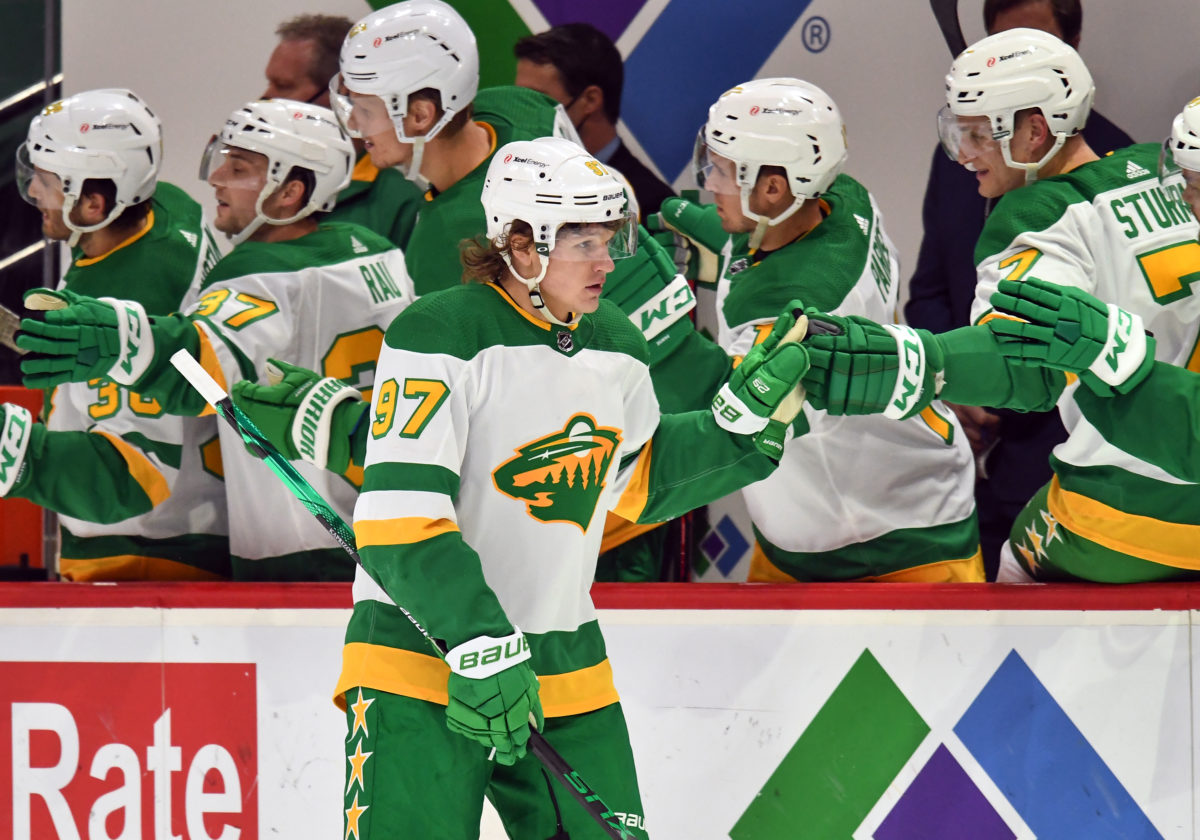
This achievement is open to all first-year pros. Meaning, it doesn’t matter how many tickets a franchise sells, whether their team makes a playoff push, or the collective sentiment towards the city they represent. As a bonus, ensuring that it’s always the best youth being showcased would mean that younger fans will always have a more relatable figure looking back at them.
That, in and of itself, would create a ripple effect of support for the player, their team, and the video game. Resulting in increased sales, across all levels of branded merchandise, and a more vested interest in the league by those doing the purchasing. It’s a win-win.
Perseverance Should Pay Off
A bit of a change in perspective when it comes to comparing an approach that includes the Calder Trophy winner to that same year’s Masterton Trophy recipient, in that the latter is often reserved for veterans as opposed to rookies, but the logic of enhancing the recognition aligns. This is an award that highlights perseverance, sportsmanship, and dedication. More than enough reason to give each winner a video game cover, too.
Past Five Masterton Winners
- 2021: Oskar Lindblom (Philadelphia Flyers)
- 2020: Bobby Ryan (Ottawa Senators)
- 2019: Robin Lehner (New York Islanders)
- 2018: Brian Boyle (New Jersey Devils)
- 2017: Craig Anderson (Ottawa Senators)
These athletes best exemplify what hockey is all about and define what it means to play passionately. The honour is as personal as it gets, in that organizational results have no influence whatsoever, and every position of play has an equal opportunity when it comes to being nominated. It’s also extremely unlikely to see one’s name etched on this award multiple times.
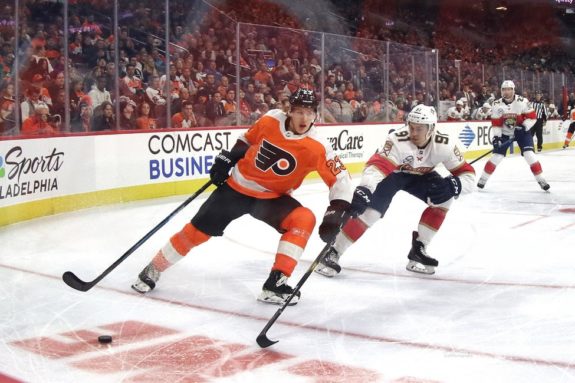
One of the less flashy achievements, the Masterton isn’t focused on nearly as heavily as some of the other NHL Awards. Even though those who earn it represent all the good that the NHL can then, therefore, claim they also align with as a result.
The league’s best goal scorers, save makers, and shot blockers don’t typically have trouble drumming up attention. Rather than forcing fans into giving even more of theirs to those who don’t need such assistance, using the opportunity to celebrate the types of role models who win the Masterton would be beneficial for everyone involved. Especially the brands.
Elevating the League’s Elite
There are typically exceptions to every rule and letting the most recent Conn Smyth Trophy winner land on the cover of EA NHL fits into that category. While it may seem counterproductive towards ensuring variety, given that this trophy can be won multiple times, it’s not hard to rationalize that those who prove to consistently perform at such a peak can be deemed deserving.
Past Five Conn Smyth Winners
- 2021: Andrei Vasilevskiy (Tampa Bay Lightning)
- 2020: Victor Hedman (Tampa Bay Lightning)
- 2019: Ryan O’Reilly (St. Louis Blues)
- 2018: Alex Ovechkin (Washington Capitals)
- 2017: Sidney Crosby (Pittsburgh Penguins)
Beyond turning out to be the league’s most impressive rookie or having the hockey world recognize your dedication to the game, being seen as the star who most directly helped their team hoist the Stanley Cup suggests an elevated level of impact. These truly are the best of the best, throughout any given year.
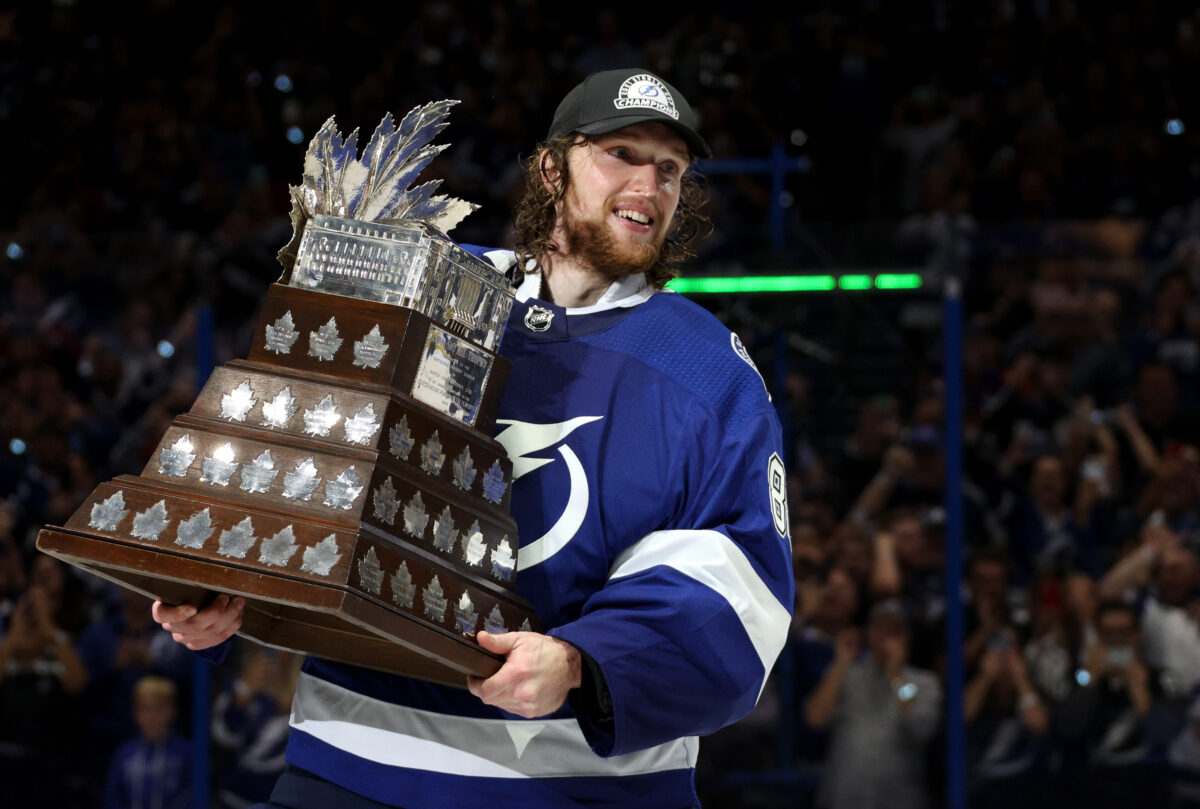
Although the same player can capture the Conn Smyth numerous times throughout their career, it’s extremely rare. In fact, only six pros have ever done so. Even if a franchise finds its way back to the Final, there are two sides full of playoff performers who could all, ultimately, walk away with the honour. As was illustrated when different players won the award following each of the Tampa Bay Lightning’s back-to-back championships in 2020 and 2021.
Besides, if an individual is able to reach such an elite level of play, that’s justification enough for allowing them to grace a video game however many times they maintain that pinnacle. While it could mean consumers see the same faces more often, this method would at least ensure that those superstars earned their place on each cover. An indisputable way to decide, given that fans would only then see those who undeniably deserve to be there.
Attracting the Right Type of Attention
Of the major sports leagues that operate throughout North America, it’s no secret that the NHL ranks below their counterparts when it comes to interest and viewership. Narrowing their scope of focus to a select few markets and players certainly isn’t helping matters, either.
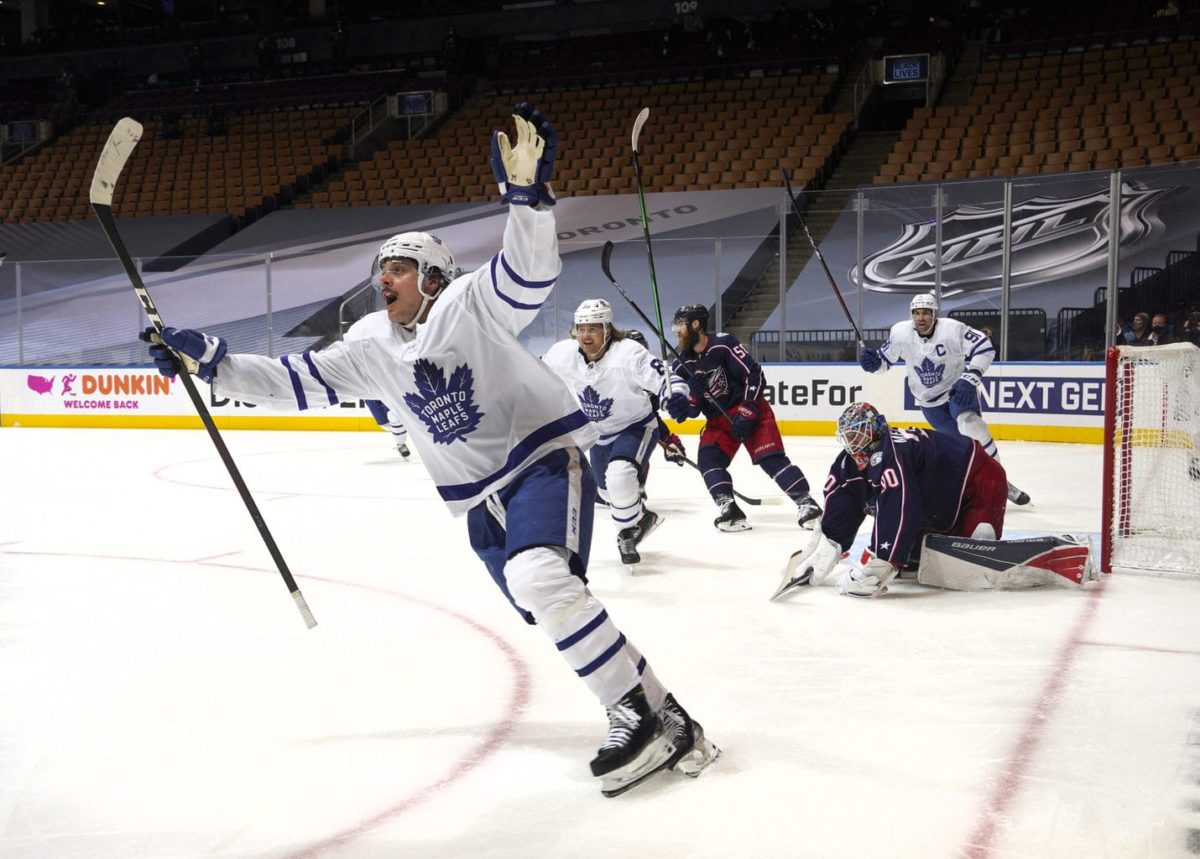
They need to better support the cities looking to help them build the brand while finding more innovative ways to showcase the game’s biggest stars. Limiting the annual cover athlete selection to constantly include the same names and locations is lazy, boring, and outdated. Let alone being far from an approach that will capture or maintain anyone’s attention. Thus, the gaming franchise and league are no further ahead by relying on the same tactics.
All the while, solutions have existed since well before either side even recognized that there was a problem. Letting the most important storylines narrate the way would clear up any sense of confusion or conflict.
Whether next year’s cover includes the reigning rookie of the year, the athlete who shows the highest level of perseverance, or the most dominant playoff performer, it’s easy to see the benefits that come from travelling any of those routes rather than those that have fuelled EA’s failures.
These concepts are not only efficient and effective, but also foolproof when it comes to avoiding complaints regarding the process. Every athlete, regardless of their sweater or position, becomes a potential pick at the start of any respective season. Results then do the deciding and those who deserve to make the cover will end up there.
Spreading the spotlight could generate an unparalleled impact for organizations, fans, and the league itself. Simply stated, the NHL and EA need to be more strategic about who they choose to celebrate on the hockey world’s most popular video game.
RELATED — Brothers in the NHL
If these brands continue to avoid paying the necessary attention when it comes to decisions that clearly matter to their customers, it will only work to push those fans towards the same type of carelessness. The difference being, the latter will move on and find something new whereas the former will then cease to exist.